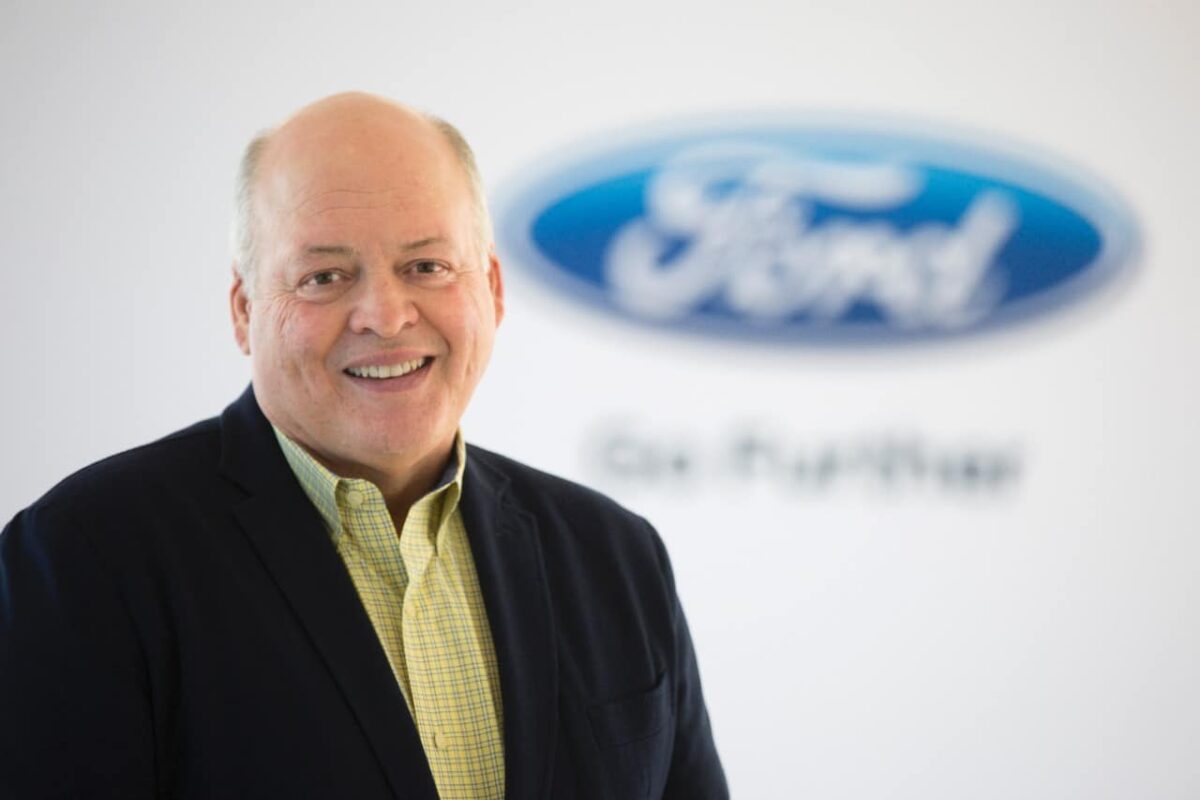
New Ford President and CEO Jim Hackett
Ford CEO Jim Hackett on Tuesday spoke with investors in New York to divulge his plans for the automotive and mobility company moving forward. Hackett’s presentation—as well as the presentations of Executive Vice President and Chief Financial Officer Bob Shanks, Executive Vice President and President of Global Markets Jim Farley, Executive Vice President and President of Global Operations Joe Hinrichs, and Executive Vice President and President of Mobility Marcy Klevorn—focused primarily on improvements to “operational fitness,” allocation of capital to areas with the best growth and profit potential, and the development and introduction of smart services and products.
Recognition for Ford: Named to Ethisphere’s “Most Ethical Companies” list for eighth year
“Ford was built on the belief that freedom of movement drives human progress,” said Hackett. “It’s a belief that has always fueled our passion to create great cars and trucks. And today, it drives our commitment to become the world’s most trusted mobility company, designing smart vehicles for a smart world that help people move more safely, confidently, and freely.”
With regards to improving “fitness,” Ford is planning to cut cost growth by 50% through 2022, including $10 billion in incremental material cost reductions and a $4 billion cut to engineering costs over five years. To achieve this, Ford will use more common parts between vehicles in different segments, reduce orderable combinations, and reduce new vehicle development time by 20% by building fewer prototypes and relying more heavily on augmented reality and other technologies.
Ford reports that it has already identified areas for reduction of orderable combinations in the next-generation Escape and Fusion, with the former set to see “a ten-fold reduction of orderable combinations” and the latter seeing its possible combinations dropping from 35,000 to just 96.
To help achieve Ford’s long-term goal of 8% automotive operating margin, Ford is reallocating funds from products, services, and markets that are less successful to those that are growing or have greater potential for growth. This includes a $7 billion shift in capital from cars to trucks and SUVs and continued cuts to combustion engine expenditures—as much as one-third—in favor of pumping more money into electrification.
“When you’re a long-lived company that has had success over multiple decades the decision to change is not easy—culturally or operationally,” Hackett said. “Ultimately, though, we must accept the virtues that brought us success over the past century are really no guarantee of future success.”
Investing in the Future: Ford proffers grants to high schoolers pursuing STEAM ambitions
The News Wheel is a digital auto magazine providing readers with a fresh perspective on the latest car news. We’re located in the heart of America (Dayton, Ohio) and our goal is to deliver an entertaining and informative perspective on what’s trending in the automotive world. See more articles from The News Wheel.





